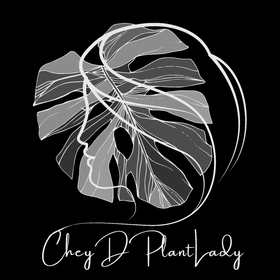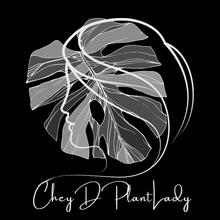Aroid Care

Aroid plants are from the family Araceae, and the variety of plants within the aroid family is enormous. From Alocasias and Aglaonemas, to ZZ Plants, Anthuriums, Philodendrons, Monstera and Pothos, there’s a wide range to choose from and there are species of aroids unique to nearly every continent on the planet. In the wild, they often grow along the jungle floors, or up into trees, and are shaded out by the jungle canopy. While houseplants are usually marketed as ‘low-light’ plants, they do receive plenty of natural light in the wild, though it is more of a “bright but indirect” light. Personally, I still use grow lights for my own greenhouses, and filter the light with polyfilm or shade cloth.
As these plants are native to warmer climates, you want to keep them in a warmer area of your home, or in a greenhouse enclosure. Temperatures in a range of 65°F-85°F (18°C-30°C) are ideal, but temperatures under 50°F can cause plants to wilt or experience other forms of cold damage.
Pot it up.
The potting media you choose is a personal choice but bear in mind that each media has different maintenance requirements, benefits, and disadvantages. If you choose a semi-hydro method of growing such as Leca or moss, you will need to add nutrients while watering, since these do not contain the same kind of nutrition you would find in a soil mix. You will also need to do regular flushing to clean the media and remove any sodium build up; my recommendation is once a week to every ten days. While using Leca, you are likely to experience far less pest issues due to the lack of soil for them to hide and breed in, which is a huge benefit for a lot of people, myself included.
While I do not personally enjoy long-term growing plants purely in moss, it can be done. When growing in moss, you would also need to add nutrients while watering, since moss alone doesn’t have sufficient nutrition to keep them healthy. You must monitor watering, temperature and humidity closely, though, since an aroid’s preferred climate can also be a recipe for growing mildew and bacteria. Moss can still house pests and needs to be treated to destroy and prevent pests in your garden.
I primarily use a soil mix consisting of coir, leca, and perlite in my garden, and it has been my favorite media so far, despite the high likelihood of a pest infestation. However, I combat this by regularly treating with systemic pesticides. For a mix, I generally use 30% leca, 30% coir chunks, 30% coir fiber, and 10% perlite. It drains incredibly well, while retaining enough moisture to keep the plants happy.

Humidity
Aroids appreciate quite a bit of humidity, as their natural environments are warm and humid, and this plays a large role in their health. A range of 60%-80% is ideal for a broad range of plants. If you live in a dryer climate, you may consider the use of a humidifier, pebble or leca trays under pots, and grouping plants together.
A greenhouse enclosure will help maintain consistent humidity levels, and you may consider a hygrometer to get readings of the humidity levels in you setup.


